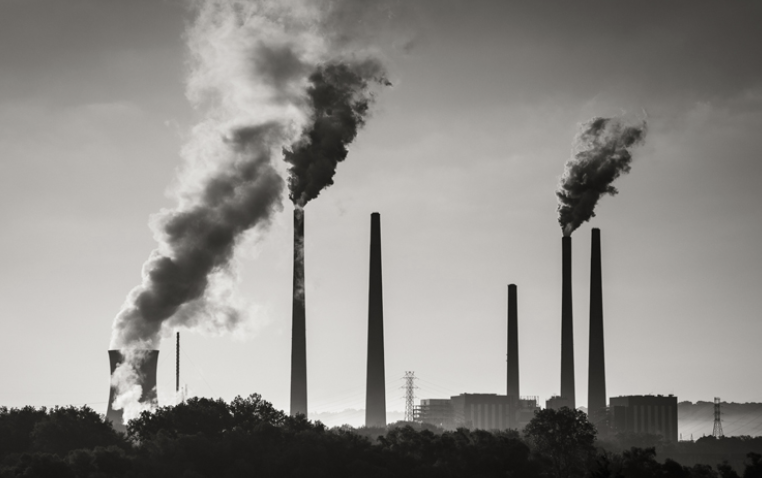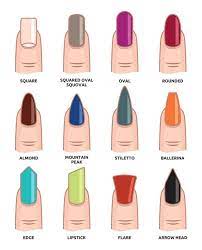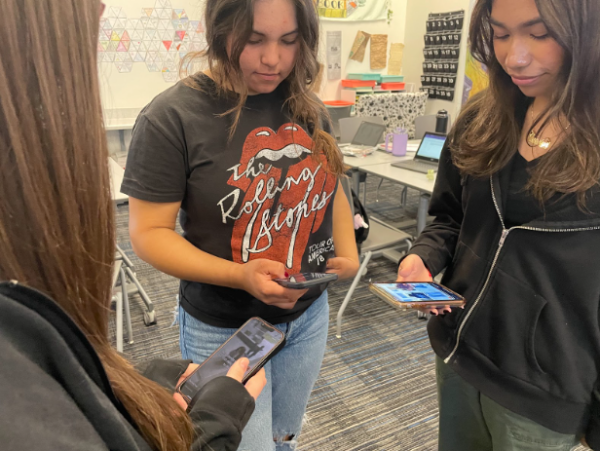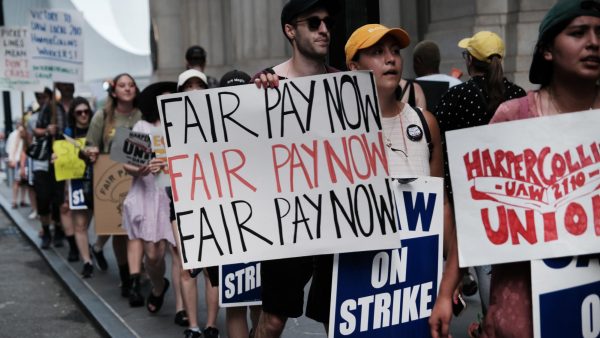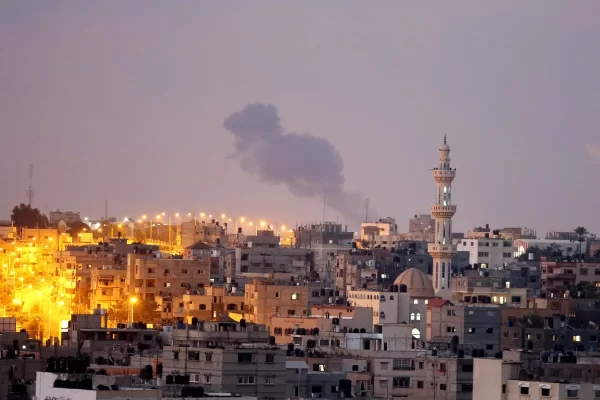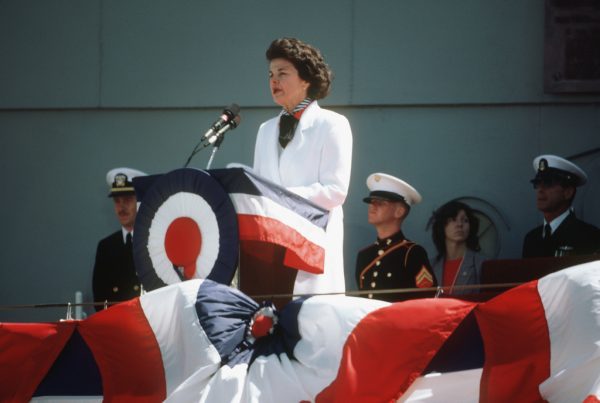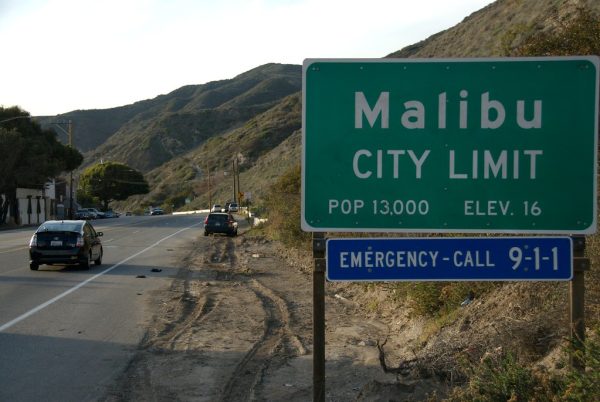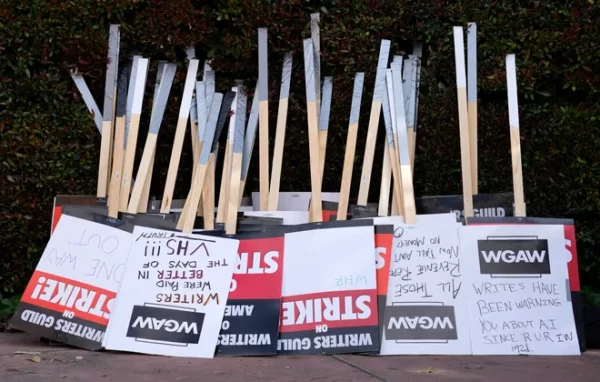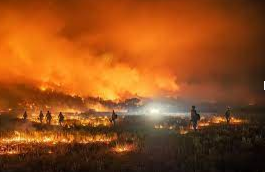Relationships Between Humans and Climate Change
September 28, 2021
On Thursday, November 8th 2018, nurse Nichole Jolly was trapped in a car surrounded by roaring flames. She inhaled smoke as the red heat was spreading, her brain was scrambled thinking how this was it, this was how she would die. In a panic she called her husband to say goodbye but he would not let her go without a fight. Why did this story happen to him? The answer is simple: climate change. Her eyes were filled with embers and fear as she tried to escape and run. Thankfully she was successful, yet lots was lost. Why did this happen to her? The answer is simple, climate change.
Climate change is constantly on the news and on many people’s minds, but why is it so important? It is because the change in climate is creating stronger natural disasters, rising sea levels, melting glaciers and warming oceans. You may be thinking this sounds like global warming, but global warming is about the fact the earth is heating, while climate change focuses on its effects.
“We are the first generation to feel the effect of climate change and the last generation who can do something about it,” says former U.S. president Barack Obama. Humans are a major contributor to worsening climate change because they release too much CO2 and cut down forests and increasingly investive agriculture, but there are ways we can try to fix the damage caused.
Humans release too much carbon dioxide, which directly contributes to climate change. We do this in many ways, but primarily by burning fossil fuels. In fact, 85% of carbon emissions come from burning fossil fuels. For perspective, human activities emit 60 or more times the amount of carbon dioxide released by volcanoes each year. Humans releasing carbon dioxide emissions into the atmosphere can affect climate change. The carbon emissions trapped in the atmosphere create extremely negative impacts on the earth. “Climate change symptoms… which include melting of the polar ice caps, the rising of sea levels, the disturbance of animals’ natural habitats, extreme weather events, and so many more negative side effects,” wrote Stephanie Osmanski. These are negative effects of humans releasing too much carbon emissions into the atmosphere, which means humans are worsening climate change.
Forests also significantly affect climate change in a positive way. NCSL wrote, “Forests absorb carbon dioxide from the atmosphere and store it in different repositories, called carbon pools, which include trees (both living and dead), root systems, undergrowth, the forest floor and soils…When a carbon pool decomposes or is burned, it releases carbon as carbon dioxide back into the atmosphere. “Humans cut down forests, which releases lots of carbon dioxide into the air, stopping it from being absorbed. 4.8 billion tons of carbon dioxide on average were released from 2015 to 2017, showing how damaging deforestation can be.
Increasing agriculture is another way humans are worsening climate change. Agriculture emits an estimated 10.5 percent of total U.S. greenhouse gases. Methane and nitrous oxide are released from livestock and manure, which increases the greenhouse gases in the atmosphere. This also causes an increase in climate change. Climate change can actually negatively affect agriculture in ways such as less food stability, increased prices, and plantation areas becoming dryer which harms the human population.
Through these examples we see how damaging humans can be to climate change, but if we do things like plant more trees and be more cautious about emitting greenhouse gases, we can improve the current outlook. Real progress can be made to help counteract the negative climate change effects.
Image from fronteirsmag.wustl.edu

